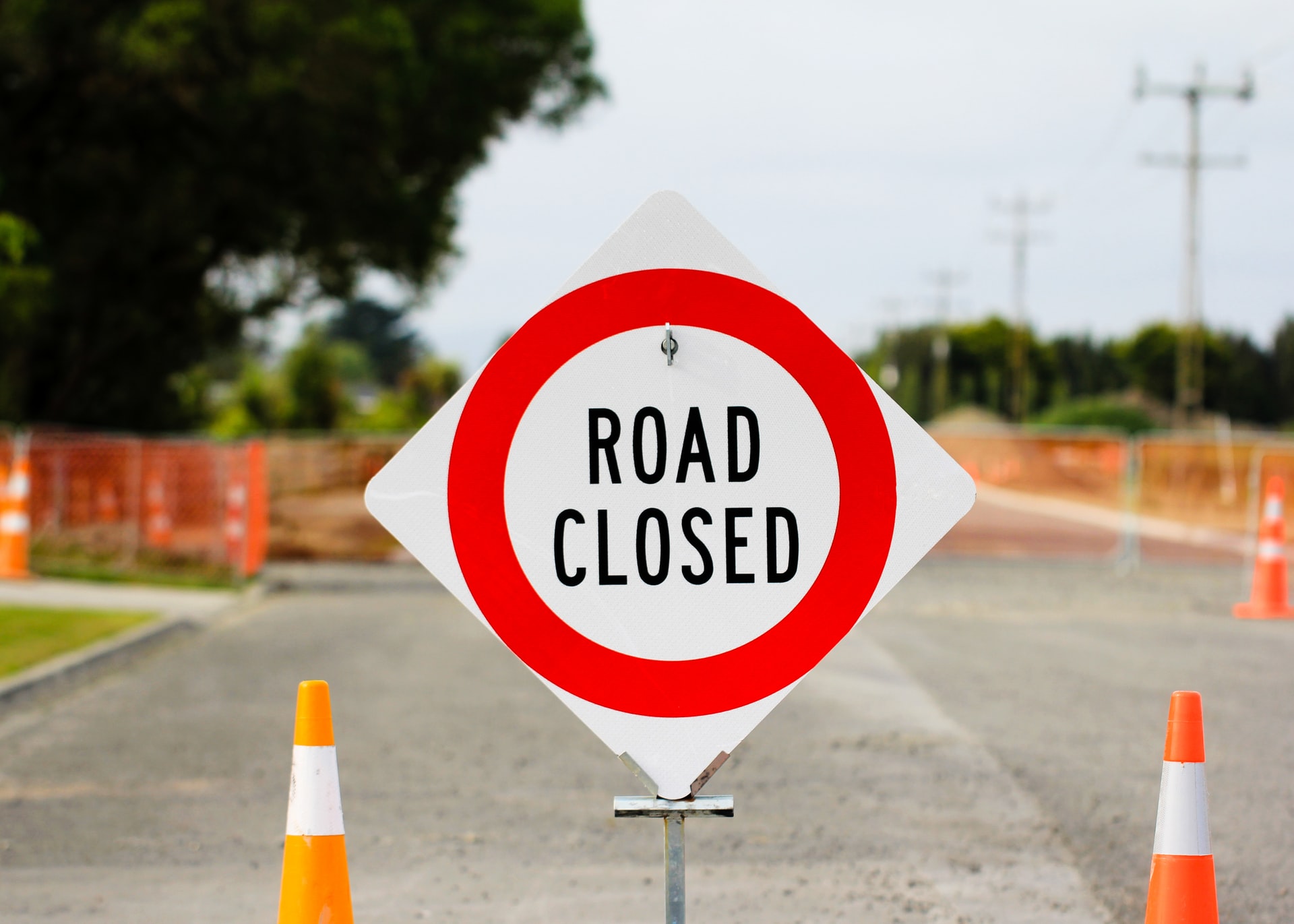Is Brand Safety Racist?
Every year the Adops person at a publisher goes through tackling the latest ad tech trends in the advertising industry. Whether it was creating viewable inventory on your site, managing GDPR/CCPA compliance, figuring out IVT and now the latest trend, is your site/content brand safe?
Advertisers also talk about investing in Black or BIPOC media but based on Brand Safety rules these “black lists” now more appropriately termed negative keyword lists, are hurting minority publishers in large ways making it impossible for the minority business owner to receive these advertising dollars.
Many times it is unclear who is suggesting these brand safety keyword lists but I have witnessed how much quality inventory is lost by minority media companies. I’ve also started seeing Agencies getting in trouble for these lists so now many are only telling publishers which categories they are banned for – but not which keywords are causing issues on sites.
Brand Safety Gone Wrong – Real Examples:
- Mundohispanico.com – Was losing money and their entire site was being blocked because of the word “Hispanic” The software detected the word “Panic” which disqualified them from being part of many PMPs.
- Revolt.tv – This site for a long time was being blocked because it had the word “Revolt” in the URL. Revolt was considered a negative word and therefore disqualified this site from direct campaigns and programmatic revenue.
- Ebony.com – Poor Ebony, they have been blocked for all sorts of things.
- Black – Yes the word “black” was considered negative content. When Ebony approached the agency, fast fingers pointed to the ad tech company for having this as a default word in their list.
- Cancer – For the month of October Ebony triggered all brand safety warnings for having been a proud sponsor of “Breast Cancer” awareness month. Not to mention educating readers about Sickle Cell in effect making them ineligible for many advertising dollars in Q4.
- Race/Racism – Ebony again flagged for writing about the everyday challenges of minorities in America.
- Child/Children – Again shame on you Ebony for writing about the importance of family unit. Mention the word Child and then for certain advertisers the publisher is considered targeting children. Ebony mentions the word child in at least 10K articles.
- Degree – If you talk about achieving a college degree then you cannot run ads on this page. Probably stemmed from someone trying to block “second degree” murder.
- Obama – Lastly if Ebony talks about the first black president, his family or anything that Michelle Obama is doing in the news this is immediately labeled politics and is banned.
Many of the Brand Safety tools are created by adTech companies like DoubleVerify, Integral Ad Science and Moat sold to agencies like WPP, Carat & GroupM to help the advertisers like Coke One, P&G, GE, AT&T serve across billions of pages especially in the programmatic space in brand safe ways.
Usually the agency will ask the publisher when they RFP for a direct campaign if they accept blocking or monitoring tags. A blocking tag means if they encounter a non-brand safe content then they do not have to serve an ad while monitoring tags will send information about non-brand safe keywords discovered.
Makes sense right? The AdTech companies have been doing this for a while but now these technologies are deploying this across direct campaigns which has provided a little more visibility into how their software actually works. They may tell you that their campaign cannot serve on your site for explicitly sexual content or hard news for example. Many times you really need to ask to get a list of keywords or sometimes they will provide this list upfront. If you are able to obtain a list from an agency this is where things can get interesting.
A brand safety keyword list ranges differently based on the client, some clients will only have 1K words where other lists can be as high as 20K words and these lists are sometimes suggested by the Adtech company or the legal teams of the advertiser or the Agency.
At AdGrid we use a plugin called Safetag that comes free with our software. If you are not using Adgrid, and your site uses WordPress, you can install the plugin for free to monitor one campaign. Upload a list of brand safety words and have it create a report as well as a keyword that you can target away from for your campaign.
I use this tool mostly for the reporting to try and have conversations with the agency/advertiser. I can tell the agency that based on the words child, degree and hand 80% of our inventory would be blocked so unless they only use brand safety in a monitoring capacity it may not make sense to work with us. Having this conversation before the campaign starts is so much more effective than starting the campaign and then having the conversation.
While I am sure the intentions of brand safety are well meaning, who is deciding the keywords being used? Would a non-minority realize the word “panic” is in “hispanic.”
I can assure you that this one keyword block caused this publisher to lose thousands of dollars that could have been used to hire more minority employees.
I hear the question all the time, how can we help minority publishers have a voice? Not all content is suitable for advertisers to run against but maybe if publishers, especially minority publishers, trying to make their mark in the field can participate in the conversation around what is deemed brand safe instead of 15K keyword lists blindly suffocating minority voices, that would be a great start.
Keep up to date
Sign up for our newsletter to receive product updates, tips and industry observations about once a month.
